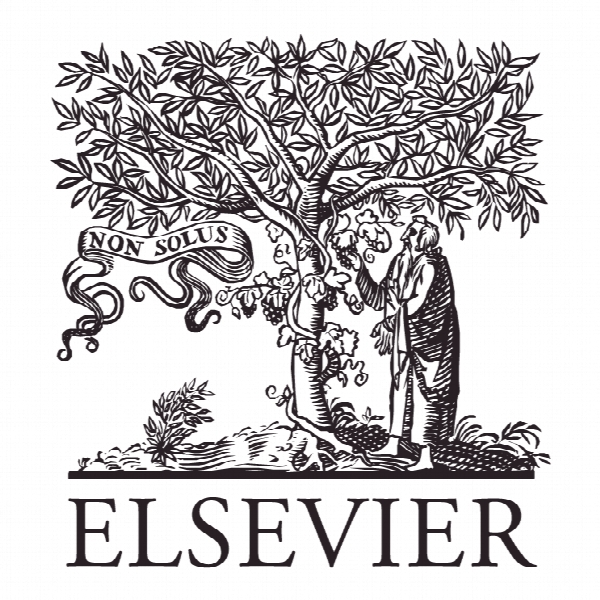سنجش کارایی انرژی کمی و درجه بندی مبدلهای گرمایی صفحه A Quantitative Energy Efficiency Evaluation and Grading of Plate Heat Exchangers
- نوع فایل : کتاب
- زبان : انگلیسی
- ناشر : Elsevier
- چاپ و سال / کشور: 2018
توضیحات
رشته های مرتبط مهندسی مکانیک
گرایش های مرتبط تبدیل انرژی و مکانیک سیالات
مجله Energy – انرژی
دانشگاه State Key Laboratory of Multiphase Flow in Power Engineering – Xi’an Jiaotong University – China
منتشر شده در نشریه الزویر
کلمات کلیدی مبدل حرارتی کند؛ شاخص بهره وری انرژی؛ ضریب انتقال حرارت کل. گرادیان فشار جریان
گرایش های مرتبط تبدیل انرژی و مکانیک سیالات
مجله Energy – انرژی
دانشگاه State Key Laboratory of Multiphase Flow in Power Engineering – Xi’an Jiaotong University – China
منتشر شده در نشریه الزویر
کلمات کلیدی مبدل حرارتی کند؛ شاخص بهره وری انرژی؛ ضریب انتقال حرارت کل. گرادیان فشار جریان
Description
1. Introduction Heat exchangers are commonly used in energy conversion and transport processes in which heat transfers from hot fluid to cold fluid. Nowadays, the use of compact heat exchangers, for example, the plate heat exchangers, has been increasing owing to their advantages of compactness and high heat transfer efficiency [1]. Although heat exchangers play an important role in the industrial secondary energy utilization, waste heat recovery, energy saving and emission reduction, they have to consume much pumping or blowing power inevitably because of the viscous fluid flowing. How to evaluate quantitatively and grade their energy efficiency is becoming a key issue. Energy efficiency concerns the technical ratio between the quantity of energy consumed and the quantity of obtainable services [2]. Improving energy efficiency is viewed to be one of the most useful and cost-effective solutions of energy and environmental problems. Many specified mandatory energy efficiency standards are established especially for some equipments such as air conditioner and boiler [3]. However, to the best of our knowledge, the energy efficiency standards of heat exchangers is absence, mainly due to the scarcity of an appropriate heat exchanger energy efficiency index. The indexes in the evaluations of heat exchangers based on the First Law of Thermodynamics include [4, 5] specific pressure drop Δp/NTU, energy coefficient Ф/N, and heat exchanger energy efficiency ε, etc. The evaluations are clearly specified, but may present significant disparity for different heat transfer areas and under different working conditions. Webb [6, 7] and Bergles [8] proposed a series of evaluation criteria for heat transfer corresponding to practical requirements including saving materials, increasing heat transfer, and reducing pump power consumption, but they did not provide a uniform evaluation or index. Yilmaz et al. [9] proposed that practical requirements and working conditions should be taken into consideration in deciding an appropriate evaluation index. Tao’s research team [10] suggested an energy-saving-oriented evaluation in terms of the ratio of enhancement surface to reference surface, i.e. the relationship of Nua/Nu0 and fa/f0 for the purpose of heat transfer enhancement. This method is applied to evaluate the enhancement for the heat transfer element [11], and the evaluation results are dependent on the characteristics of the selected reference surface. However, it doesn’t work for the assessment of heat exchangers for lack of the analysis of wall heat conduction, flow arrangements and other decisive parameters.


